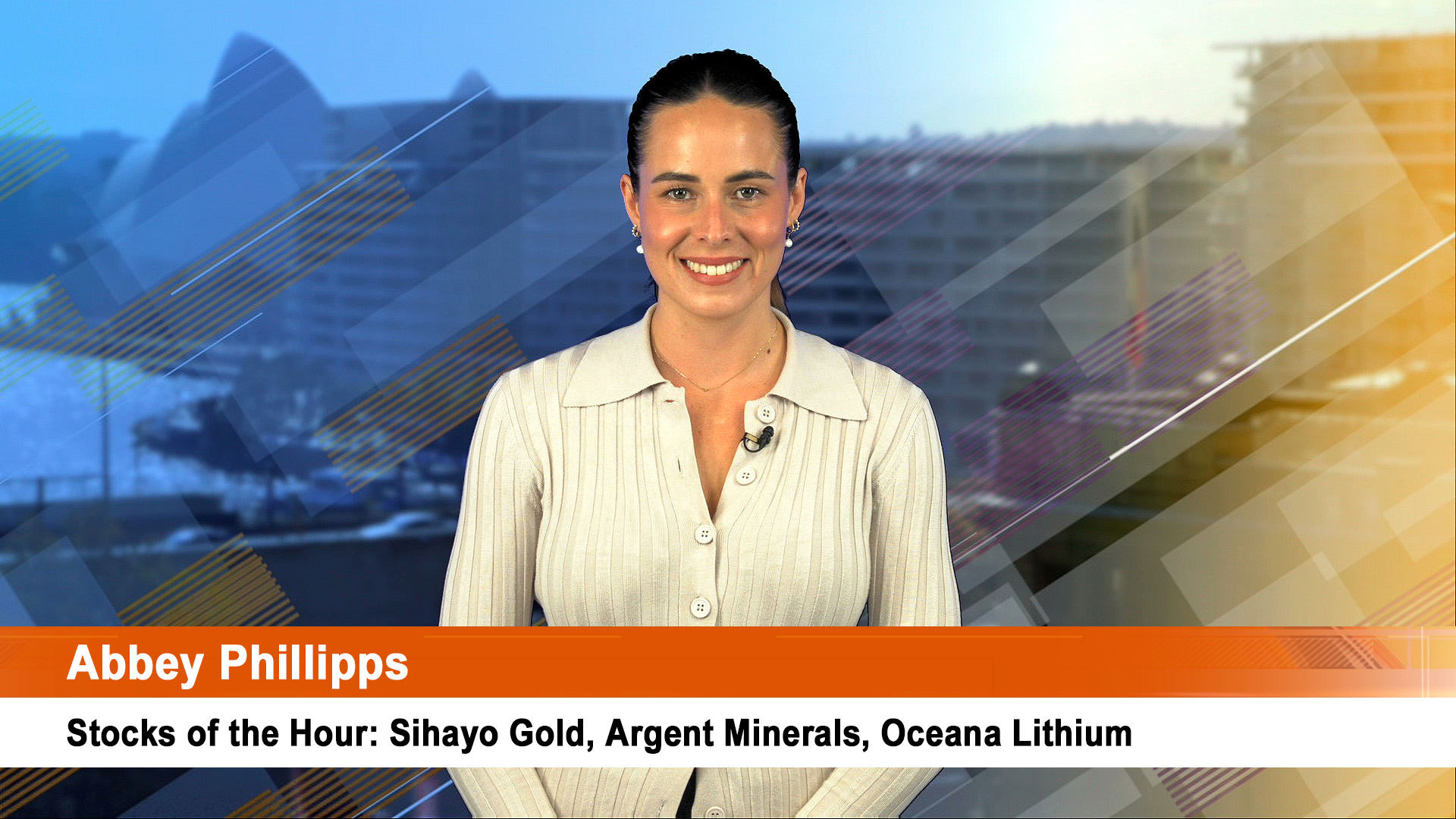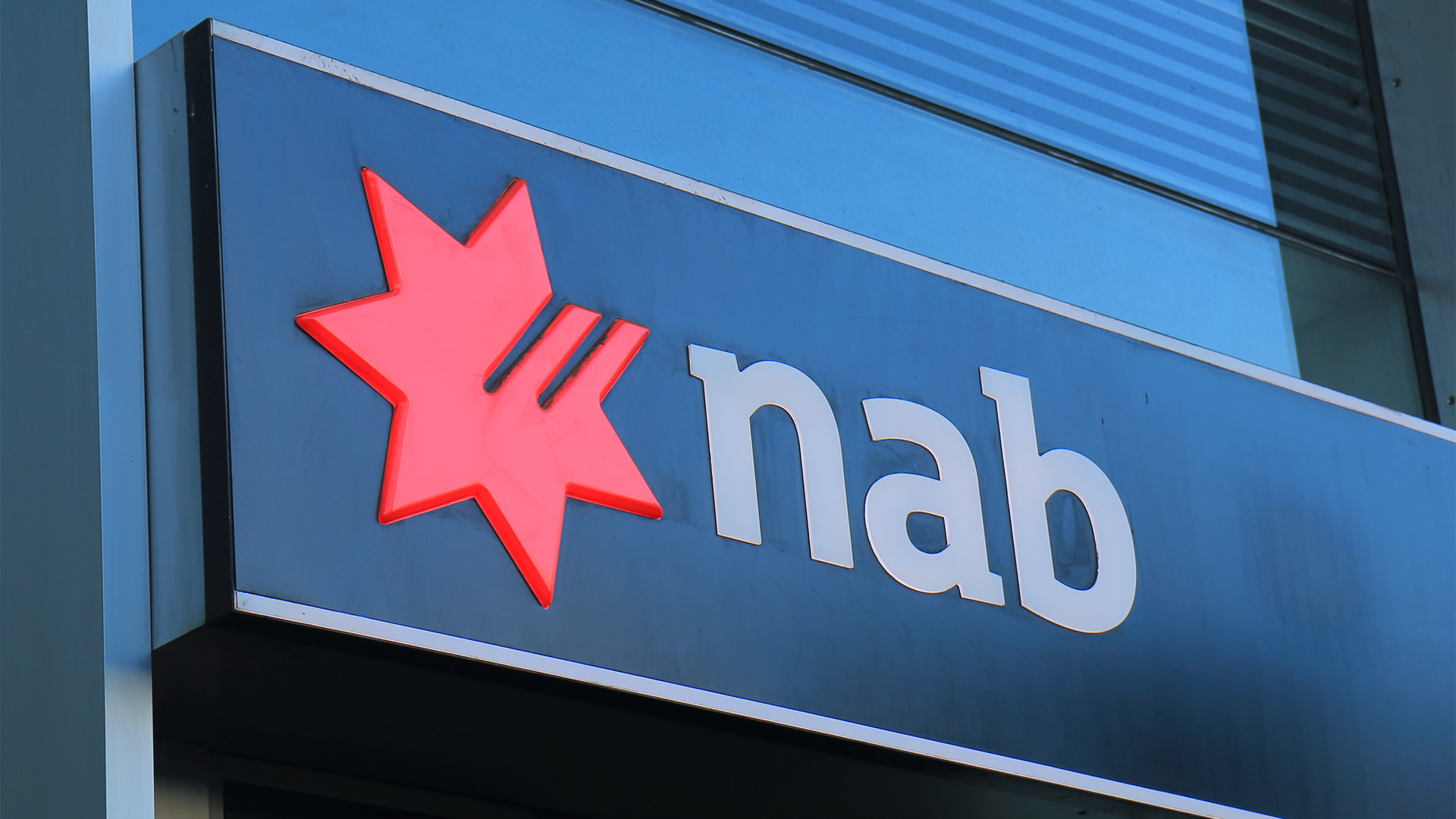With the trade outlook getting cloudy, inflation perhaps easing in the second half of 2008, growth slowing and interest rates on hold, what happens to the value of the Australian dollar?
That's the elephant in the room in terms of this week's economic discussion.
Is parity with the US an option any more?
And even if the heat seems to be going out of the carry trade play to borrow cheap and invest high, is the Aussie headed lower over the course of the next few months?
Certainly its performance against the greenback and the yen in recent weeks is different to the way it rose strongly from February.
The Aussie has been supported by a very strong, resilient economy and significant positive interest rate differentials, but this week's economic figures and forecasts raises questions about that support.
Starting with the appalling October trade deficit of a record $2.98 billion, is the resources boom a story worth replaying again and again; especially with the Government's best forecaster, ABARE (The Australian Bureau of Agricultural and Resource Economics) cutting its forecast for 2007-08 commodity exports to a mere 1% rise, down from a 4% rise in September.
And that increase, small as it is, will come from a higher value for smaller rural exports, and a rise in energy exports by value.
Metals, such as copper, gold, lead, zinc and others are all forecast to fall in price and value (see story below).
It's not a confident outlook.
Brokers and market economists caution anyone from getting too bullish on the Aussie for next year.
You should keep in mind that sometime soon sentiment will change towards the US dollar: it won't mean huge rebound, but the heavy selling will slow as some investors start trying to anticipate the recovery.
The greenback has already retreated from the flirtation of $1.50 to the euro of three weeks ago. It was around $US1.4580 last night (and 87.60 USc against the Aussie). That's 6 USc below the peaks of early November.
Analysts point to the weaker commodity prices and infrastructure constraints which are restricting exports of higher value iron ore and coking and thermal coal.
Those constraints were a major factor in the huge rise in the October trade deficit, along with the impact of the drought and the higher value of the dollar.
We are simply not paying our way and the resources boom was supposed to at least make sure the large financial deficits we run with the rest of the world, were not boosted by a large trade deficit.
They have been and will be it seems for quite a while.
ABARE forecast a three per cent rise in thermal coal exports in the current financial year, which will translate to an 8% rise in value because of higher prices. Those higher prices are partly being caused by the bottle-necks and shipping congestion at Newcastle in NSW.
Our appalling shipping performance is driving prices higher, and we can't get the full benefit.
The fact that the trade balance has worsened this year, (and registering record deficits), at a time when the terms of trade are still near a 50-year high (even if they turned down in the September quarter) doesn't send very positive signals that our external performance is going to be good enough to sustain an improvement in our trade performance into the next decade: especially at current exchange rates.
And if the Australian dollar eases and exports are stimulated because local producers trim prices to boost shipments, we can't handle the volumes for the next couple of years for coal in particular. Coal exports won't start flowing freely in NSW and Queensland export ports until 2010 at the earliest.
At the same time Australia is becoming increasingly reliant on external funding at a time of increased volatility in financial markets and dislocation in lending markets, so any development that throws doubt on the belief in the rest of the world that we can generate rising levels of export income, puts downward pressure on the exchange rate.
JB Were said yesterday in a comment on the National Accounts:
"While the terms of trade should benefit from significant price increases in bulk commodity contract prices from April, it is clear that the best of the terms of trade shock is now behind us.
"The national accounting ramifications of this are clear.
"Unless the external accounts can accommodate an ever-widening trade balance, domestic demand (which has been running at an above trend pace for the past five years) will need to slow back towards trend.
"If the terms of trade begin falling, domestic demand will need to experience a period of sub-trend growth."
The terms of trade fell 0.8% in the quarter after being steady in the June quarter and the annual rate has fallen from around 5.1% earlier in the year to 2.9% in the September three months.
Australia spent much of the early to mid 1980s living beyond our means with an ever widening trade balance (deficit). Then we had to cut.
What Were and the national accounts are signalling that domestic demand will have to be curtailed to lessen the pressure on imports: especially imports of consumer goods.
With just the GST to work with, it's a bit of a blunt instrument. Having a sales tax would have made it easier, but messier.
But quite a few types of imports will have to be curtailed if the terms of trade weakens throughout 2008.
That's where the Government Razor Gang and its spending cuts can play an important part in trimming demand from the Government sector.
Besides, it's what the RBA wants to see next year. It said so Tuesday in its statement with the interest rate non-decision.
Looking at the upward pressure on market interest rates from the instability (the reason why the Bank stayed its hand on lifting its cas













